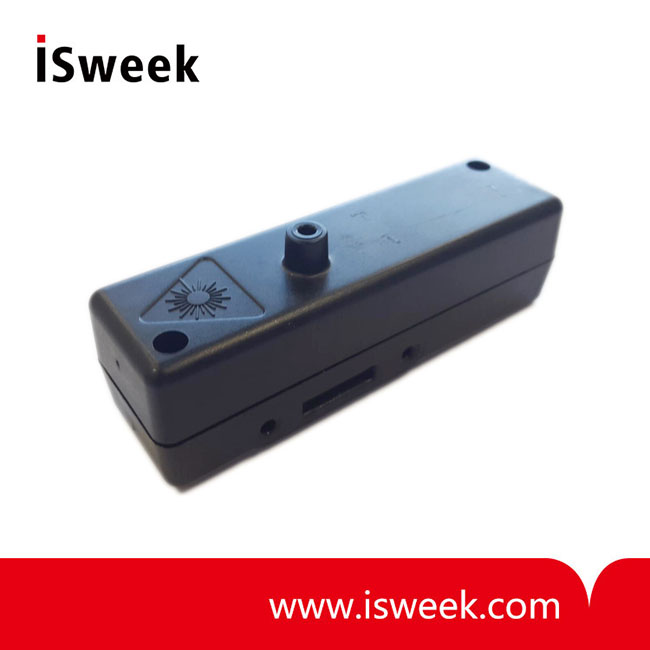As a converter to convert volume fraction of a certain gas into corresponding electrical signal, the Semiconductor Gas Sensors are mainly applied for civil use. It is for that these sensors are relatively cheap while their performance can meet the requirements of home alarms.
To be specific, gas sensors are used in following applications: in kitchens, sensors detect leakage of natural gas, liquefied petroleum gas and city gas. They also measure gas generated by microwave ovens and control them while cooking. Sensors detecting CO2, smoke and O3 are used to control the automatic operation of air purifiers or fans. In some high-rise buildings, gas sensors are used to detect fires and make alarms.
At present, with the development of gas sensitive materials, gas sensors are featuring with high sensitivity, stable performance, simple structure and compact size. Their price are low but their selectivity and sensitivity are enhanced.
ISweek supply semi-conductive metal-oxide sensor type TGS2611 and TGS2610, and their corresponding module FSM-T-01 and FSM-10H-01. The characteristics of these products are listed below:
The characteristics of TGS2611:
* Low power consumption
* High sensitivity to methane gas
* Long life with low cost
* Simple application circuit

The characteristics of TGS2610:
* Low power consumption
* High sensitivity to LP and gas containing LP (propane and butane
* Long life with low cost
* Simple application circuit
The characteristics of FSM-T-01:
*High sensitivity to methane gas
* Quantitative output of Gas concentration in UART digital signal
* programmable settings of alarm point output
* Factory calibration, temperature compensation.
* Compact in size, low in cost.
The characteristics of FSM-10H-01:
* High sensitivity to propane, butane and H2
* PWM, USART digital output proportional to gas concentration
* Maintenance free
* Compact in size
* Conform to RoHS









